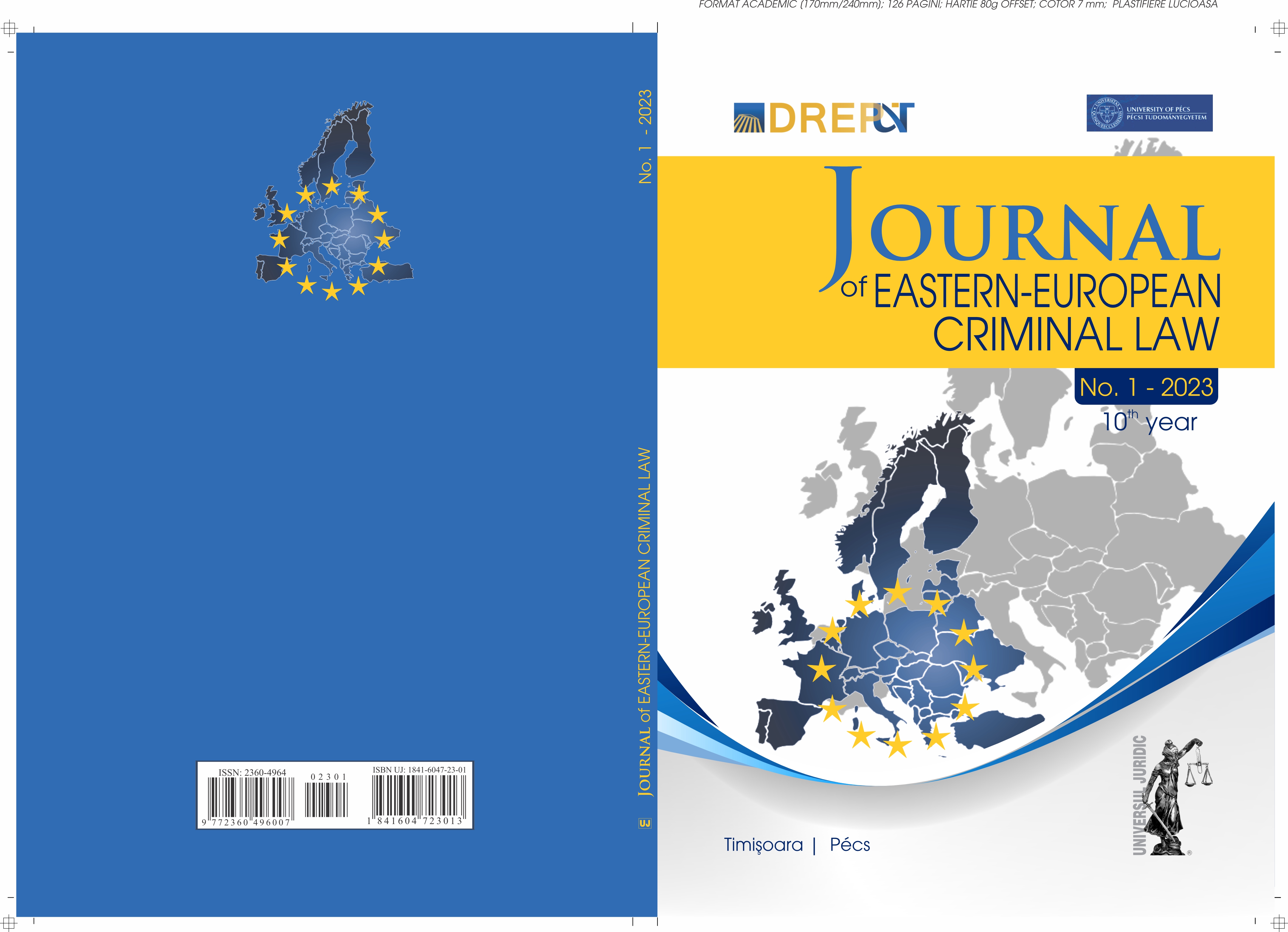Evidential Anomalies in Criminal Proceedings – the Use of Circumstantial Evidence
Evidential Anomalies in Criminal Proceedings – the Use of Circumstantial Evidence
Author(s): Ervin Belovics, Imola SzigetiSubject(s): Law, Constitution, Jurisprudence, Civil Law
Published by: Universul Juridic
Keywords: circumstantial evidence; criminal proceedings; evidential anomalies; theories; direct evidence;
Summary/Abstract: In criminal proceedings there are a number of difficulties in establishing proof. Evidence is always aimed at clarifying a past event, which clarification is made possible by evidence from the means of evidence. One could say that circumstantial evidence refers to the secondary circumstances related to the criminally relevant facts and, after proving these secondary circumstances, a conclusion can be drawn on the further fact, such as the fact of the crime and the identity of the perpetrator. Circumstantial evidence is related to the main issue to be proved, or one of its elements, and can prove the main issue through the related fact in such a way that the court (prosecution, investigative authority) can draw conclusions from the circumstantial evidence, first to another fact and then to the fact to be proved relevant for prosecution. Circumstantial evidence is a particularly important component of correct, legal factual inference and, through the emergence of the structures of consciousness discussed later, of judicial conviction, the subjective elements of judicial reasoning. Circumstantial evidence is in fact an inference from fact to fact. In the case of circumstantial evidence, the emphasis is not on what the evidence is, but on its connection with other evidence. It is essential that the factual inference is made by a court and that it records both what it has inferred and what it has concluded. In the context of the jurisprudential practice regarding circumstantial evidence, in other words, when there is no direct evidence of the event relevant to criminal law, in contrast to the jurisprudential practice of the Curia, we agree with the views in the legal literature criticizing the chain theory. In the authorsview, there can be no doubt that the introduction of this interpretation of circumstantial evidence in the practice of the courts would resolve the rigidity of the interpretation of the Curia and could contribute to the ascertainability of the substantive truth.
Journal: Journal of Eastern European Criminal Law
- Issue Year: 2023
- Issue No: 01
- Page Range: 71-79
- Page Count: 9
- Language: English
- Content File-PDF

